| Structure | Name/CAS No. | Articles |
|---|---|---|
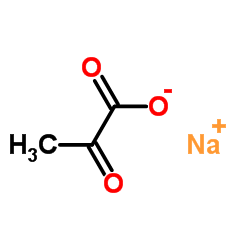 |
Sodium 2-oxopropanoate
CAS:113-24-6 |
|
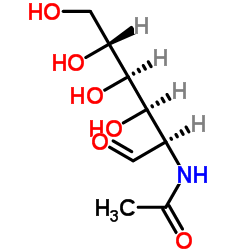 |
2-Acetamido-2-deoxyhexopyranose
CAS:1811-31-0 |
|
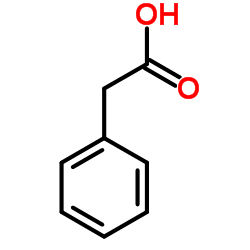 |
Phenylacetic acid
CAS:103-82-2 |
|
 |
L-Glutamine
CAS:56-85-9 |
|
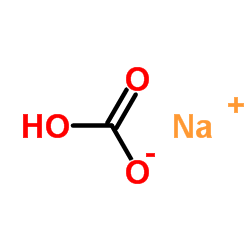 |
SodiuM bicarbonate
CAS:144-55-8 |
|
 |
Sodium selenite
CAS:10102-18-8 |
|
 |
Chlormethine hydrochloride
CAS:55-86-7 |
|
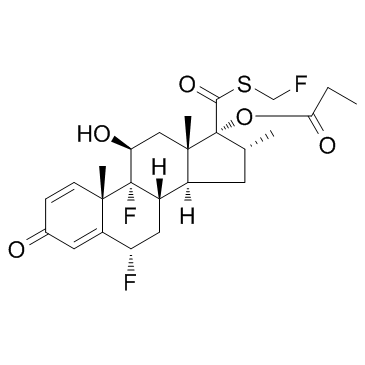 |
Fluticasone propionate
CAS:80474-14-2 |
|
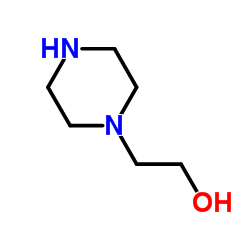 |
N-(2-Hydroxyethyl)piperazine
CAS:103-76-4 |
|
 |
5-(N,N-Dimethyl)amiloride hydrochloride
CAS:1214-79-5 |